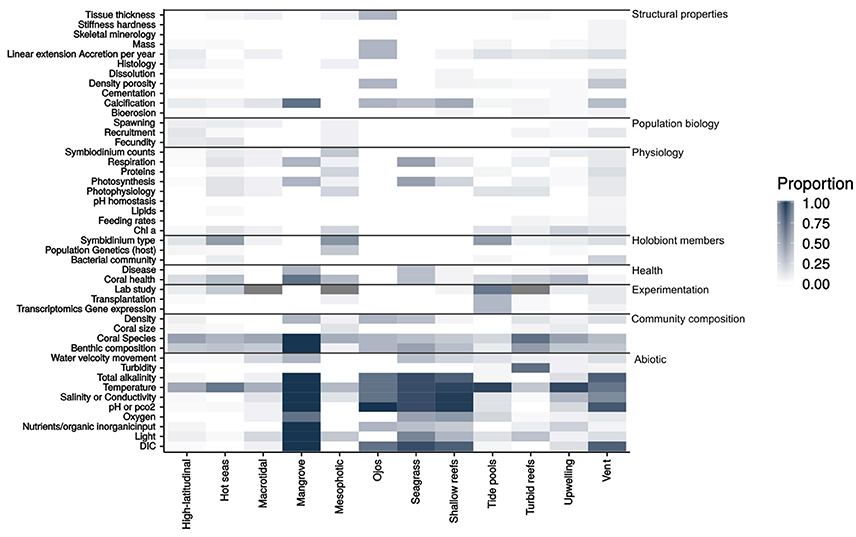

Viewers familiar with the series will need to decide whether the bonus features warrant a purchase. The “upgraded to blu-ray” picture looks impressive on my admittedly modest (26”) HD TV, and the extensive underwater photography benefits from the improved resolution. Viewers who haven’t seen this series yet should certainly give it a look. Other bonus features include interviews with some of the filmmakers and, most interesting, a good deal of making-of footage, all of which respects the efforts of the talented people involved but doesn’t try to turn them into cool celebrities. They’re worth watching, but keep your expectations low. They are also of the type that puts the scientist/researcher in the front and center of the show, unlike the Blue Planet docs, which keep the focus on the wildlife. There are a number of additional documentaries with watery themes, such as a trip to the Amazon in search of new species there, but these lack Attenborough’s narration, and suffer from an excess of enthusiasm for “discoveries” that would barely register elsewhere in the series. The bonus features are extensive but not nearly as engaging as the core programs, which is hardly surprising. It’s to the BBC’s credit that these programs don’t try to gloss over what is at heart a very brutal reality. Everything is, pretty much, eating everything else, all the time, and then having sex or trying to, and then eating some more. To paraphrase: “Everything is eating everything else… it’s like a giant restaurant.” That certainly comes through in this series. One is reminded of Woody Allen’s joke about why he hates the wilderness. Anyone who still has faith in the pastoral ideal of unspoiled wilderness will have an awakening while sitting through these scenes. These two sequences are beautifully shot, painful to watch and utterly riveting. Elsewhere, killer whales-again!-prey on young sea lions off the southern tip of South America. The orcas are not just playing around, and the calf’s life is at stake. In one, a pod of killer whales spends hours harrying a mother humpback who is accompanying her calf to their summertime feeding grounds off the coast of Canada. A couple of sequences here are particularly notable for their astonishing rawness. Nature, as pointed out by Lord Tennyson, is red in tooth and claw, and he might have added flipper and fin, as well. And even if you’ve seen them before, those underwater shots of gulls and other birds diving headlong into the ocean, flapping for a few frebetic strokes to capture herring or sardines before lurching their way to the surface, are never less than breathtaking. Breeding in their tens of thousands, birds from the albatross to the flamingo are inextricably woven into the ebb and flow of life in the water. Trying as it does to capture some sense of the oceans as a complete biosphere, The Blue Planet also touches on a few non-marine species that nonetheless are a part of its cycle, namely, sea birds. More of the planet’s surface is covered with water than anything else more species reside there than anywhere else more biomass is present there than anywhere else the list goes on and on. The ocean is, after all, the sort of place that’s given to superlatives and absolutes. If the narration is prone to absolutes and breathless superlatives-a la “The coral reef is the most abundant source of life in the world’, and so on-well, it’s forgivable. All are here, and a good deal more besides.Īlso here is narrator David Attenborough, himself a singular life form whose enthusiasm is infectious. With such material, it’s no surprise that many of the images here are astonishing coral reefs and enormous schools of fish are inherently photogenic and beautiful, as are manta rays, playful dolphins, majestic whales, and sea turtle hatchlings scrambling madly for the water’s edge. Subsequent episodes focus on “The Deep”, “Open Ocean”, “Coral Seas”, “Tidal Seas” and so forth. The original series contains eight hour-long episodes, the first being “Ocean World”, which provides something of an overview to the series as a whole. (Please note that this review is not for the five-disc set that was reissued in 2007.) With more than three hours of bonus features, this three-disc set will delight fans of the genre, and even rekindle interest in viewers who may have seen it already. Now it has been reissued on blu-ray disc, which ensures that its eye-popping visuals are more impressive than ever.


The Blue Planet, however, is no recent addition to this prestigious family, but rather an entry that dates back to 2001. At first glance, The Blue Planet: Seas of Life seems like the newest installment in the BBC’s seemingly endless series of top-drawer nature programs, a stellar run that includes the astonishing Planet Earth and recent jaw-dropper, Africa: Eye to Eye with the Unknown.


 0 kommentar(er)
0 kommentar(er)
